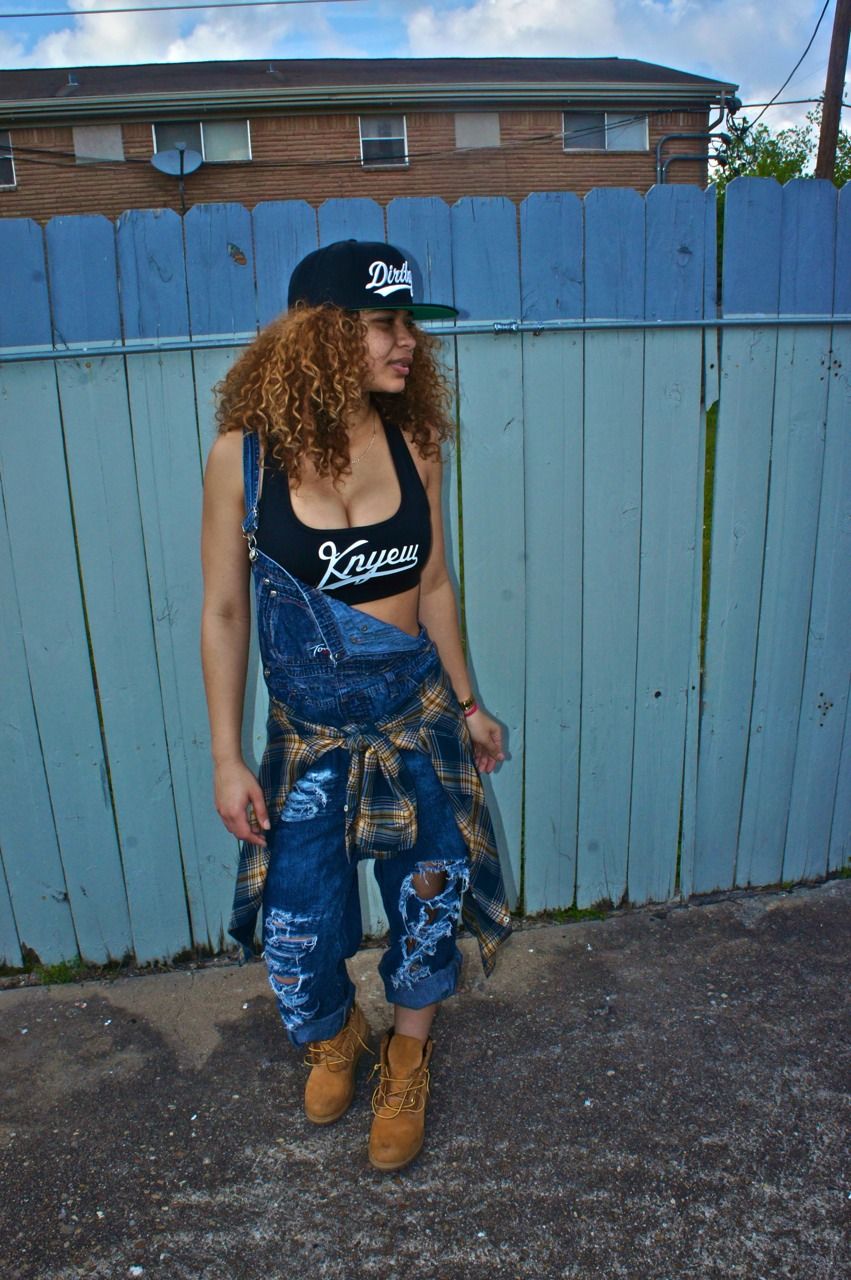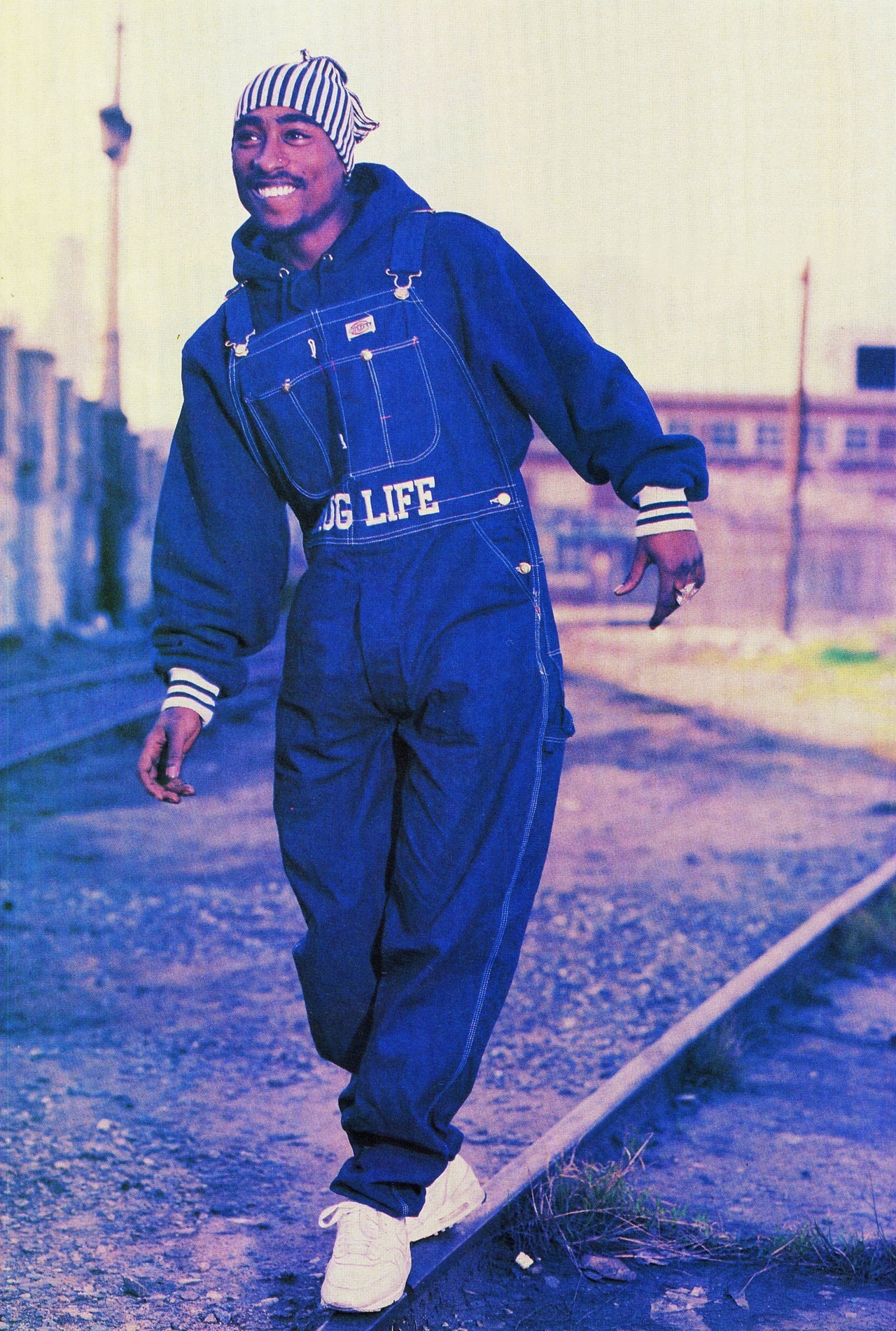Exploring Hip Hop Style Of The 90s
The 1990s marked a significant turning point in the evolution of hip hop culture. It was a time when the genre exploded into mainstream consciousness, giving rise to iconic artists, unforgettable tracks, and a distinctive style that continues to influence music and fashion today. From the baggy pants and oversized tees to bold accessories and vibrant colors, the hip hop style of the 90s was not just about clothing; it was a statement of identity and cultural pride. This decade was characterized by an artistic revolution that transcended the confines of music and permeated the realms of fashion, art, and social movements.
As the genre expanded, so did its visual aesthetics. Hip hop style in the 90s embraced a variety of influences, from street culture to high fashion, creating a unique blend that captured the essence of urban life. Artists began to adopt a more personalized style, showcasing their individuality through their wardrobe choices. This shift not only influenced the artists themselves but also left a lasting impression on fans and aspiring musicians, who sought to emulate their idols both in music and fashion.
In this article, we will delve deeper into the key elements that defined hip hop style in the 90s, exploring its origins, iconic figures, and the cultural movements that shaped its evolution. From the classic looks that made waves in music videos to the trends that spilled over into everyday fashion, the hip hop style of the 90s remains a powerful testament to a time when music and visual art collided in spectacular fashion.
What Were the Key Elements of Hip Hop Style in the 90s?
The hip hop style of the 90s was characterized by several key elements that set it apart from other fashion trends of the time. Here are some of the most notable features:
- Baggy clothing: Oversized jeans, cargo pants, and loose-fitting shirts became the norm.
- Bold colors and patterns: Bright colors, graffiti-inspired designs, and playful patterns were prevalent.
- Streetwear influence: Brands like Adidas, FUBU, and Tommy Hilfiger became staples in the hip hop wardrobe.
- Accessories: From oversized gold chains and hoop earrings to bucket hats and snapback caps, accessories played a significant role.
- Footwear: Classic sneakers, particularly from brands like Nike and Adidas, were essential to completing any hip hop outfit.
Who Were the Pioneers of 90s Hip Hop Style?
Many artists emerged during the 90s, each contributing to the hip hop style in their own way. Notable figures include:
- Tupac Shakur: Known for his bandana, oversized tees, and baggy jeans.
- The Notorious B.I.G.: Famous for his tailored suits, coogi sweaters, and distinct fashion sense.
- Salt-N-Pepa: Pioneers of female hip hop fashion, known for their bold hairstyles and colorful outfits.
- Will Smith: Known for his playful style in "The Fresh Prince of Bel-Air," blending street style with high fashion.
How Did Hip Hop Style Influence Fashion Trends?
The influence of hip hop style during the 90s extended far beyond the genre itself. It played a crucial role in shaping mainstream fashion trends that continue to resonate today. Here's how:
- High fashion collaborations: Designers began to recognize the cultural significance of hip hop and collaborated with artists to create exclusive collections.
- Streetwear brands: The rise of streetwear as a legitimate fashion category can be traced back to the hip hop culture of the 90s.
- Celebrity endorsements: As hip hop artists gained fame, their style choices influenced fans and young people worldwide, leading to a surge in demand for specific brands and styles.
- Breaking gender norms: The 90s hip hop scene challenged traditional gender roles, with women embracing baggy clothing and bold accessories.
What Were the Signature Styles of Iconic Hip Hop Artists?
Each artist brought their unique flair to the hip hop style of the 90s. Here are some signature styles:
- Tupac Shakur: Often seen in bandanas, leather jackets, and graphic tees.
- The Notorious B.I.G.: Known for his sharp suits, fur coats, and hats.
- Missy Elliott: Pioneered a playful, avant-garde style with oversized clothing and bold accessories.
- Lauryn Hill: Embraced a more bohemian style, often mixing traditional African garments with contemporary streetwear.
How Did Hip Hop Style Address Social Issues?
Hip hop style in the 90s was not just about fashion; it was a reflection of the social and political climate of the time. Artists used their platforms to address issues such as:
- Racial inequality: Fashion became a way to assert cultural identity and pride.
- Urban struggles: Clothing often reflected the realities of life in inner-city neighborhoods.
- Empowerment: Female artists used fashion to challenge stereotypes and promote body positivity.
What Role Did Music Videos Play in Shaping Hip Hop Style?
Music videos in the 90s were instrumental in showcasing hip hop style to a global audience. They served as a visual medium that amplified fashion trends, and some notable aspects include:
- Iconic visuals: Artists like Missy Elliott and A Tribe Called Quest created memorable visuals that highlighted their unique styles.
- Influence of choreography: Dance routines often showcased clothing and accessories, making them a focal point.
- Celebrity cameos: Many music videos featured cameos from other artists, further blending styles and trends.
How Is Hip Hop Style of the 90s Relevant Today?
The hip hop style of the 90s has seen a resurgence in recent years, influencing contemporary fashion and pop culture. Here are some ways it remains relevant:
- Streetwear revival: Brands that were popular in the 90s have made a comeback, embraced by both old and new generations.
- Celebrity influence: Modern artists often draw inspiration from 90s hip hop style in their music videos and public appearances.
- Fashion collaborations: Many high-end designers are incorporating hip hop aesthetics into their collections.
Conclusion: The Timelessness of Hip Hop Style in the 90s
The hip hop style of the 90s was more than just a fashion statement; it was a cultural phenomenon that resonated with a generation. Its influence on music, art, and fashion continues to be felt today, as artists and fans alike draw inspiration from this pivotal era. By embracing individuality, creativity, and social consciousness, the hip hop style of the 90s remains a powerful reminder of the genre's roots and its ongoing evolution.
Unveiling The Family Life Of John Cena: Does He Have Children?
Heartfelt Quotes For Your Best Friend's Wedding Day
Joyful Christian Happy New Year Messages To Inspire Your Faith



ncG1vNJzZmivp6x7s7vCpJmroZScsqO%2B1KKlrGafp7RwuMivnJ6ulaPBp7vCrqpooJmleqm7z2aqrbGcmnp6fNJnn62lnA%3D%3D